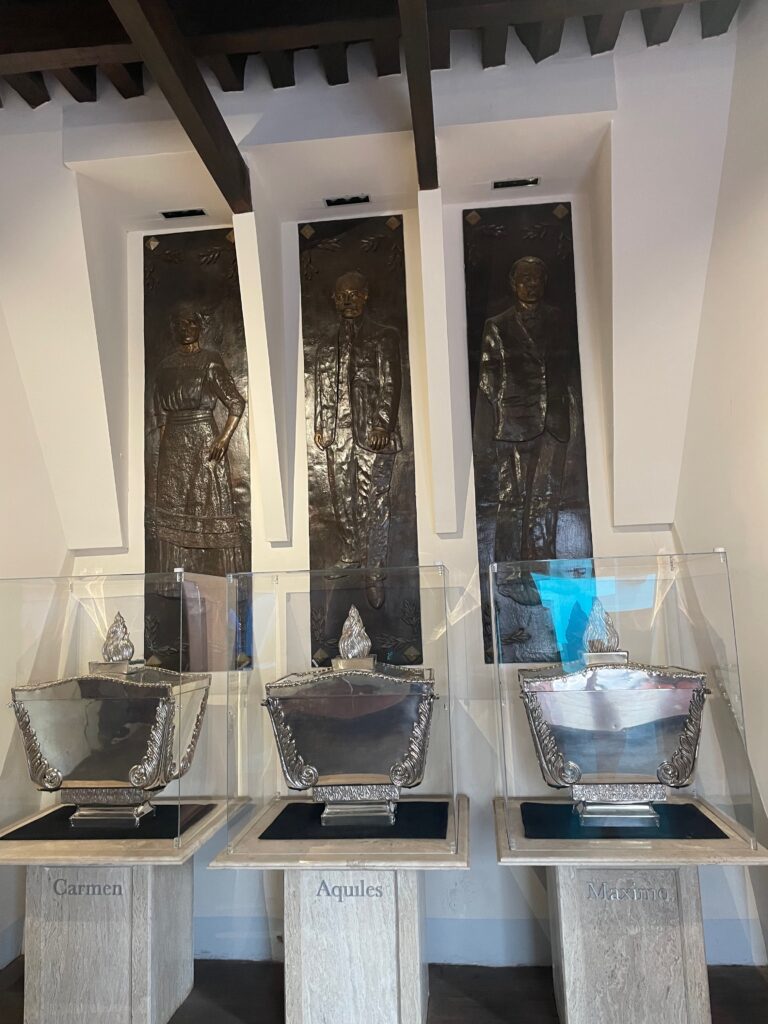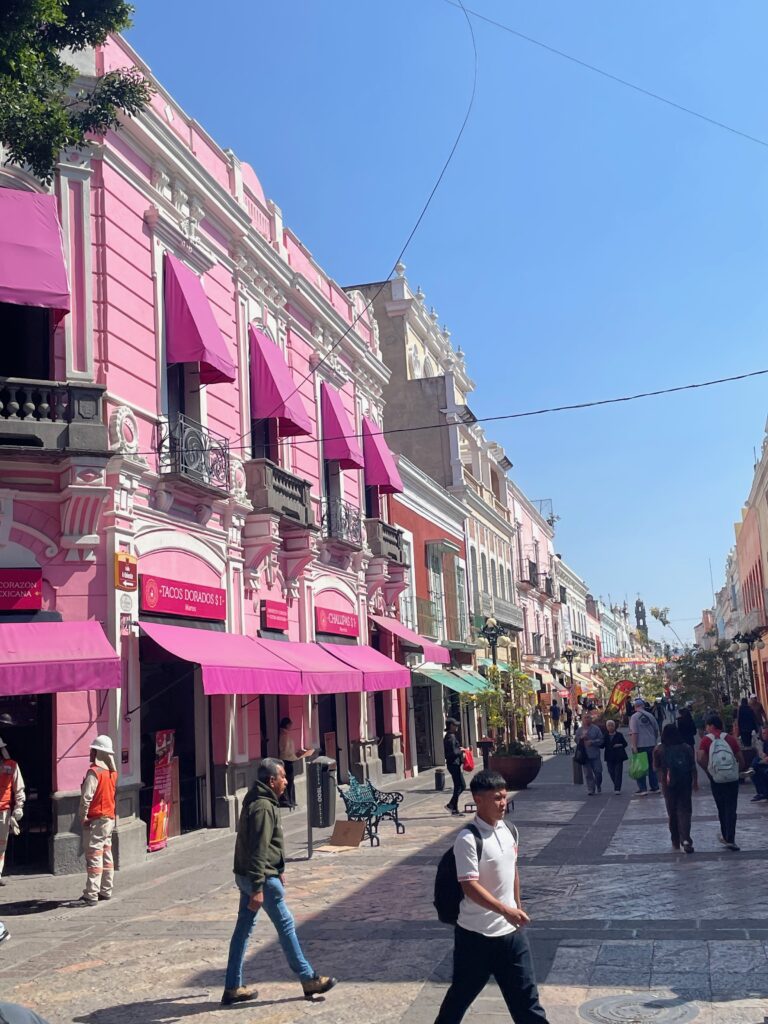Erik Visits an (Non) American Grave, Part 1,867
These are the graves of Aquiles, Maximo, and Carmen Serdan.

Born in 1876 in Puebla, Mexico, Aquiles Serdan grew up firmly in the Mexican middle class of the Porfirio Diaz era. His father was a shoemaker and he and his brother Maximo would enter that trade too. But they weren’t really shoemakers so much as they were shoemaker employers. The family were filled with classical liberals. Really, the whole Mexican ruling class were ingesting the latest ideas from Europe and trying to implement them on what they saw as a backwards society. This pretty much transcended political divisions in the upper classes. The Porfiriato was very much about this, but it was its implementation and the corruption inherent in it that so outraged other elites, who to be honest were not really that different in outlook from Diaz but it’s the small differences that often really matter.
The family had long political roots. Serdan’s maternal grandfather was Miguel C. Alatriste, the former governor of Puebla who had fought against the French invasion in the 1860s and was captured and executed by the conservative allies of Maximillian. But note that Diaz was an anti-French liberal. So was Benito Juarez. Moreover, Serdan’s father Manuel was a founder of the Partido Socialista Mexicano and one day he didn’t come home. Probably Diaz or someone else had him murdered. So this was a family where its men and even its women were expected to fight and, if necessary, die for their political beliefs.
By the twentieth century, the Diaz dictatorship was running its course. Diaz was much closer to American capitalists than other Mexican leaders. A lot of people were getting sick and tired of handing over Mexican resources to American corporations and of the lack of democracy inherent in the Porifiriato. Serdan was not the leader of these folks, but he was very high up. The real leader was Francisco Madero. In 1909, Madero published The Presidential Succession of 1910, which was a shot at Diaz running for yet another term in what would likely be a fixed election. Madero challenged him, Diaz did in fact cheat to win, and that caused his supporters to begin active resistance to the regime. Serdan and Madero became close at this time. Serdan had led opposition to Diaz in Puebla. He was an influential man. Shoemaking was a big business in that part of Mexico and he had the ear of those workers. So was textiles and those workers were especially anti-Diaz. The fact that Serdan was an employer and the workers were sometimes his own employees could be papered over by the bigger enemy of Diaz and all that meant. Serdan quickly got the attention of Diaz’s security forces and he was in prison for the last quarter of 1909.
In 1910 then, Serdan was out of prison, but the political situation was still terrible. Diaz had Madero imprisoned and then he held the elections. Serdan headed to the United States, really beginning the United States as the natural place for Mexican rebels to head. He didn’t want to stay in Texas though. He wanted to go back to Mexico and fight. Madero escaped from prison shortly after the election. He issued the Plan of San Luis Potosi, calling for rebellion against the dictatorship. That was the call Serdan was looking for. He headed home. He and Maximo began to buy arms and store them in the large family home. Their sister Carmen, who supported the cause as much as her brothers did, went north to San Antonio to raise money for the cause, allowing them to buy a lot more guns.
Not surprisingly, the Diaz forces came knocking. On November 18, 1910, when all three Serdan siblings and others were at home, the Puebla police chief came to arrest them. They decided to shoot back. The shootout took place and all three siblings were killed. But they also killed or wounded 158 members of the police force.
The Serdans were the first casualties of the Mexican Revolution. For Madero, this was the call for organized fighting. As he said when he heard about their deaths, “It does not matter. They have shown us how to die.”
Aquiles Serdan was 34 years old upon his death. I’m not sure about the siblings, but around there.
Today, you can visit the home, which is the Museum of the Mexican Revolution in Puebla. I had never even heard of these people when I went, but of course I have a least some interest in that revolution, having spent so much time in Mexico. But the actual first violence, that was I was unfamiliar with. The museum isn’t bad. The house is still filled with the bullet holes. The shattered mirror has been stabilized and is hanging. It’s not an amazing museum, but it’s certainly good enough to spend an hour out of the hot Mexican sun. I did not expect to see the coffins of the three Serdans there either, but hey, if you are going to present me coffins of famous Mexicans, well, who I am to look a gift coffin in the mouth?
Here’s a list on the wall of the other fighters with the Serdan siblings.

Naturally, I particularly appreciated the framing of the room where they died:

Here you can see the mirror and some of the bullet holes. Amazing anyone survived this onslaught. In fact, I’m not sure how many actually did; I am sure that several of the other fighters did die.

And here’s a picture of the neighborhood, just because Puebla is a cool city and you should visit it. The beach sucks, cities are way better.

If you want this series to visit other random sites of global violence, you can donate to cover the required expenses here. Previous posts in this series are archived here and here.


